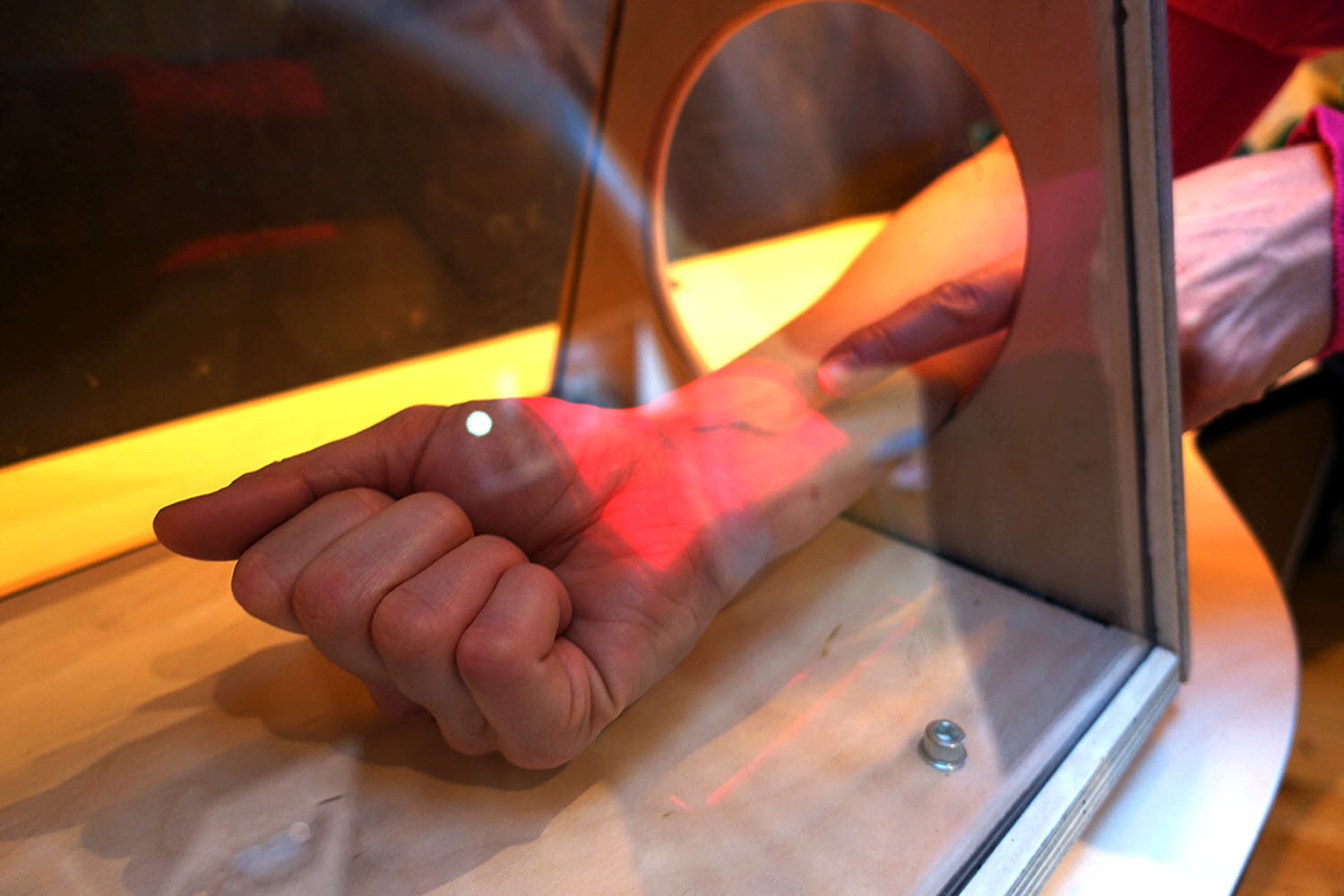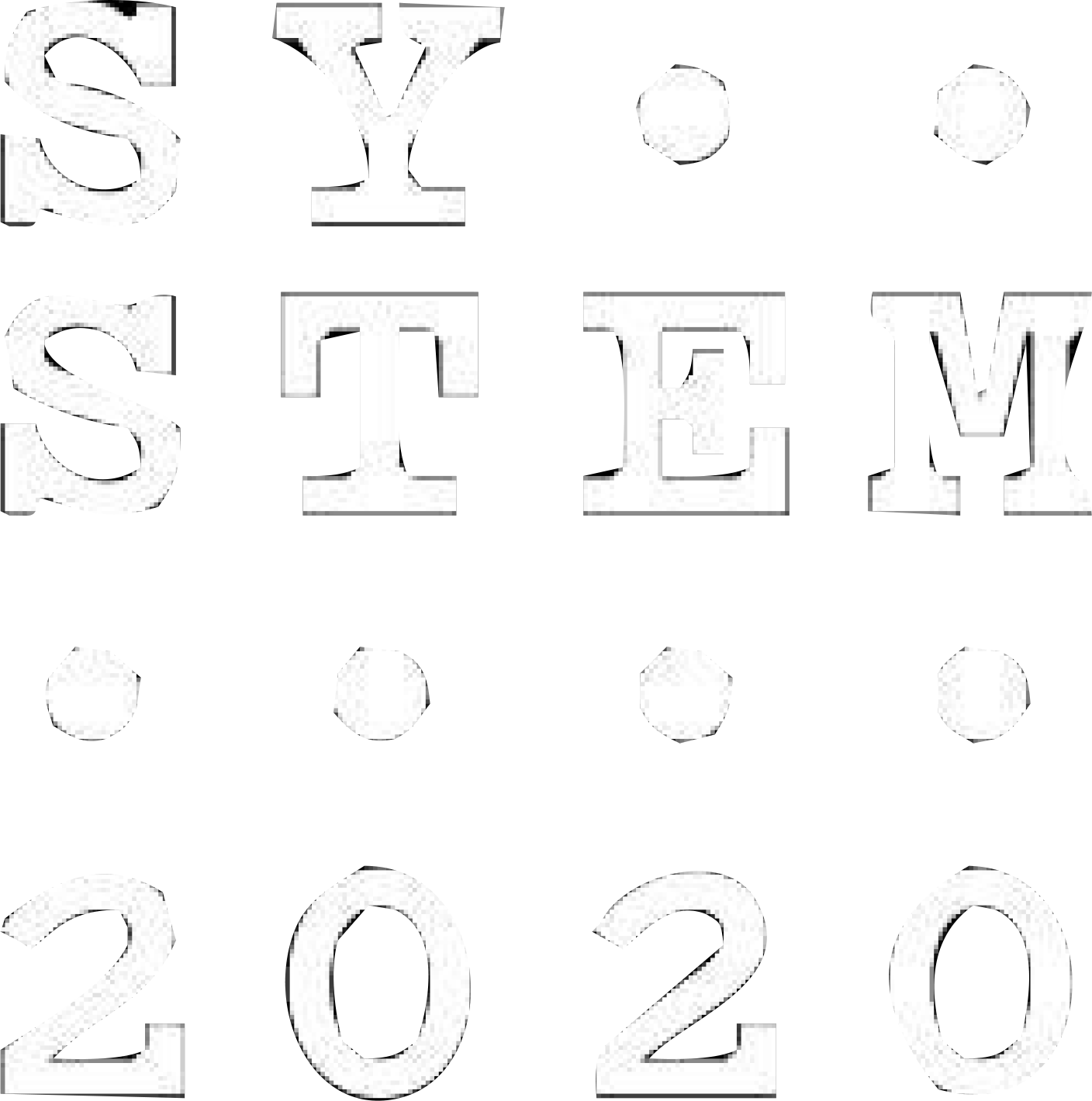
Vein scanner
Roll up your sleeve and put your arm into the box. What do you see?
The veins are blood vessels that transport blood to the heart. The veins have thinner muscle walls than the arteries. Arteries transport blood away from the heart.
The veins are part of the circulatory system that transports blood around the body. To stop the blood in the veins from flowing the wrong way, they have flaps. When you move your arms and legs, the veins are squeezed together and the flaps make sure the blood flows in the right direction – the muscle pump.
The experiment shows you the superficial veins of the arm. The vein scanner has been created to monitor circulation around the body and to make it easier to inject patients who are seriously ill. The superficial veins on the arms and legs are just below the skin. They help regulate body temperature as the blood releases excess heat close to the skin.
Other important veins include:
- Pulmonary veins: Transports oxygenated blood from the lungs to the left atrium. Each lung has two pulmonary veins. The pulmonary veins transport de-oxygenated blood, not de-oxygenated blood like the other veins.
- The portal vein: Collects blood from the stomach, pancreas, spleen and intestines and transports it to the liver where substances in the blood are processed.
- The veins in the fingers: Empty into the veins of the underarm, that continue to the upper arm veins, shoulder veins and the clavicle vein.
- The inner jugular vein: Collects blood from the head and neck and empties the blood into the upper vena cava.
- The outer jugular vein: Takes blood from the neck and other areas of the throat and empties it into the clavicle vein.
- The arm-neck vein: Takes blood from the clavicle vein and inner jugular on each side. Both sides of the arm-neck veins join together and travel to the upper vena cava.
- The upper vena cava: Collects blood from all of the upper body, the head, neck, arm and chest. The veins empty blood into the right atrium.
- Veins in the toes: Empty blood into the calf veins. They continue up to the thigh veins and inner intestinal veins.
- The outer intestinal vein: Takes blood from the pelvic organs.
- The inner and outer intestinal veins: Join into the intestinal vein. Both these veins join together and form the lower vena cava.
- The lower vena cava: Takes blood from the lower part of the body, the legs, pelvis and abdomen. The veins empty blood into the heart’s right atrium.
You can study the bloodstream closer in the experiment Autopsy.









